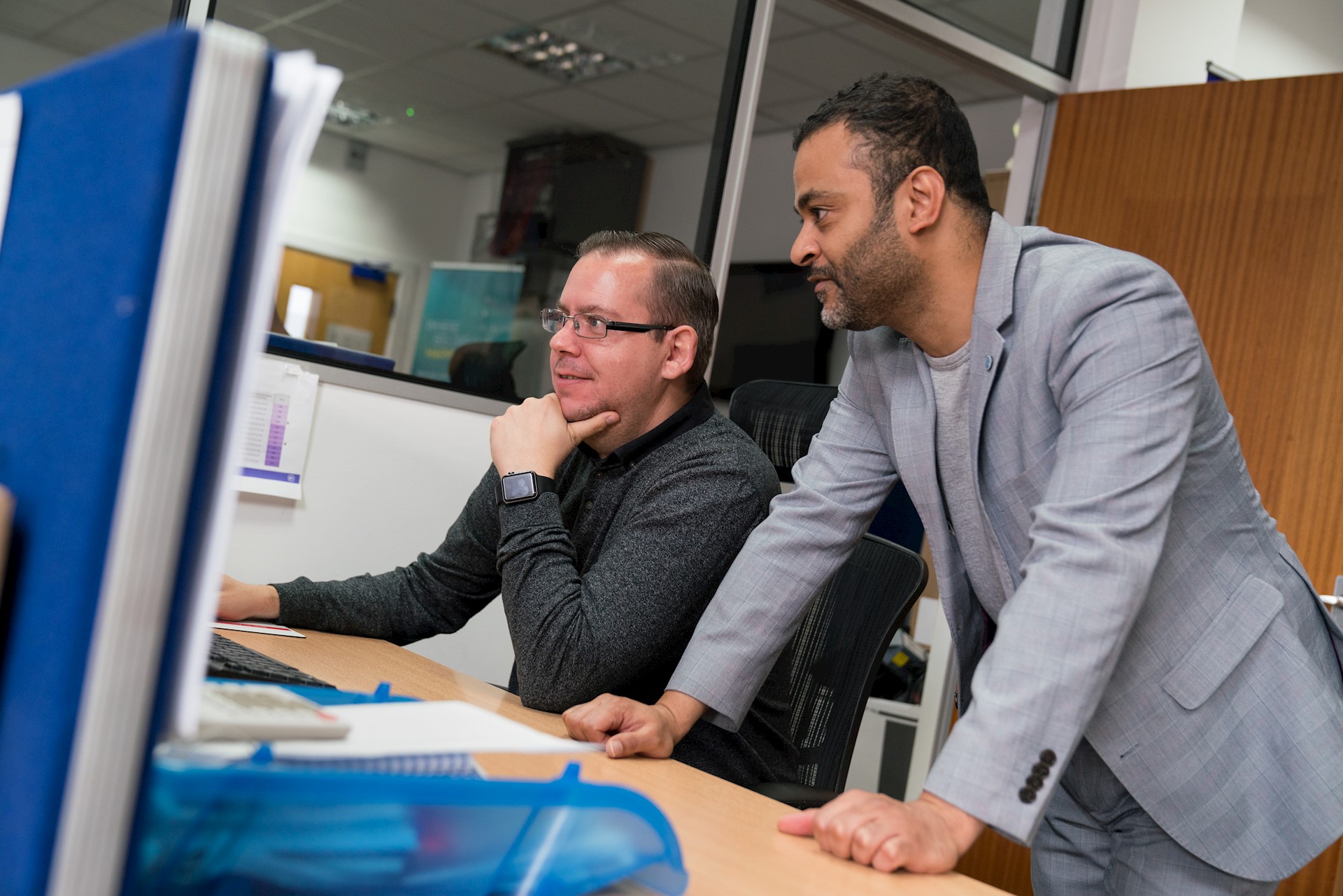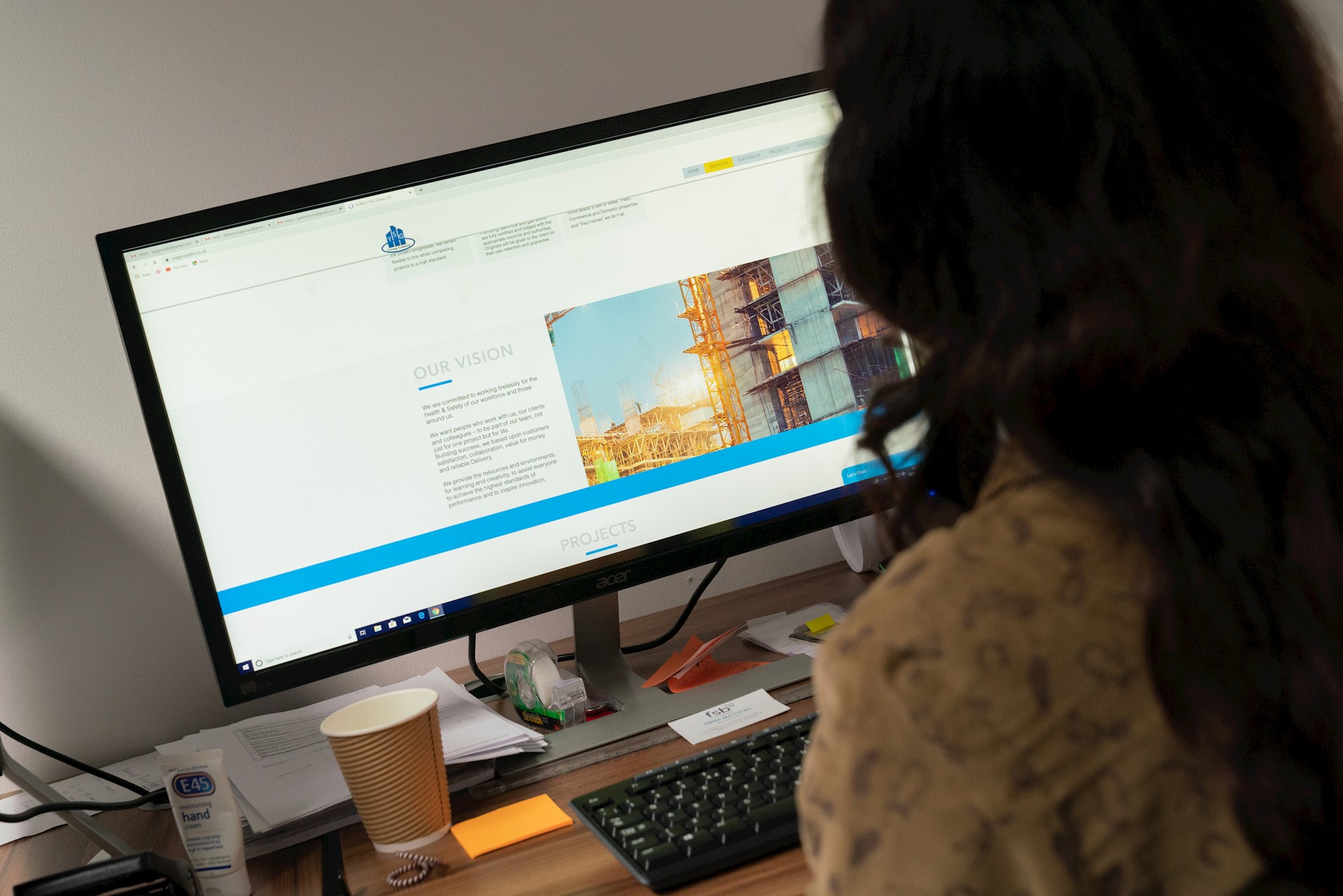How to develop a new product
5 minute readFor those of you who already have your own small business, developing new products and services is vital to the growth and profitability of that business. It not only provides you with the opportunity to sell more to your existing customer base which of course is cheaper than cultivating brand new customers. It also provides the opportunity to enter new markets and target other market segments. The energy and enthusiasm you had when you started your business now needs to be channelled into new product development.

Stage 1 – The Ideas

Once you have made the decision that new product development is the key to your business's growth strategy, identifying where the opportunities lie is the next step. Key to this is harvesting feedback from both your customers and your employees. Whether it’s from comments made on social media, feedback forms, surveys or complaints your business should already hold an abundance of information on who your customers are, what they like and dislike about your products and what they want. A SWOT (Strengths, Weaknesses, Opportunities, and Threats) analysis is a useful tool to help you capture information on the new environment which your business now operates in, compared to when you first started it. Now that you have brainstormed the situation you are now able to move on to the next stage.
Stage 2 – The Evaluation
To decide if your business can cash-in on any of the ideas generated, the next stage is to discuss the advantages and disadvantages of each new idea with your project team. Here you will also identify what further research is required to see if any of the products are needed and who will want to buy them. You can avoid wasting your time by checking early on in the product development stage as to whether your new product has been designed before and whether it is protected by a patent or design right.
Stage 3 – The Market
Research is vital at this point to see if there is a need for your new product and who will buy it. Get to grips with the potential size of the market and look into what your competitors are currently working on. The biggest risk to your business at this stage is to work on a product that nobody will want. So by ensuring that your product development is driven by your customers and what they want you will minimise this risk.
Stage 4 – Setting a Budget
This stage is all about not being over-ambitious, you must look carefully at the cost of bringing this new product to market including what you can do in-house and what you will need to out-source e.g. product design or production. Remember to protect your Intellectual Property and seek professional advice as to who owns what when you use other contractors in the development stage of your new product.
Stage 5 – The Marketing Mix

The research that you carried out in Stage 3 will help you to prepare your new product for the market. Develop a clear marketing strategy covering segmentation, positioning and set sales forecasts.
Stage 6 – Testing the market
By developing a prototype or a pilot, you can release your product to a small part of the market, perhaps just in certain areas or you can conduct focus groups. This allows your business to react quickly to customer feedback and make any adjustments needed before going any further.
Stage 7 – The Launch
At this stage, full-scale production on your new product is underway. You may decide to take pre-orders before the launch or turn your launch into a large PR event. It’s easy to underestimate how much time is required in planning a successful launch but it would be a shame to fall at the last hurdle in your product development journey. So together with your project team consider carefully the timing and nature of the launch.
Got a business question?
We're here to help. Get in touch.
Book your free appointment below:

